I think that it is the good section to place that thread. If not please move it to appropriate section.
I would like to present my article about one of the most magnificent plants found in aquariums. Article was prepared by me for one of polish magazine, and translated to english. I would also like to thank Philip Rody for help in translating the article.
I described here my several years of experiences about Bucephalandras species, their growth and conditions. I was also basing at the information found on the websites and other forums. If any of them are wrong, or considered to be incomplete, please write and comment my article or contact me at
[email protected]
-----------------------------------
Based on their appearance, Bucephalandras are similar to Anubias and Cryptocoryne species. When they were first introduced to the aquarium hobby, they were compared to Cryptocoryne species because of their narrow and usually olive-colored leaves. However, their creeping rhizomes and prehensile roots fit the characteristics of Anubias more closely. Bucephalandra is a wonderful and still relatively hard-to-find genus of plants that captivate many aquarists across the world thanks to their majestic appearance.
 ENVIRONMENT
ENVIRONMENT
Wetland plants from the Araceae family, such as Bucephalandras, are adapted to life in rivers with fast-moving currents. Although they are a relatively new genus of plants to aquarists, they have been known to the scientific world since 1858. The genus name Bucephalandra refers to the name of the black horse of Alexander—Bucephalus. All Bucephalandras are endemic, which means that they can only be found in certain isolated areas, usually in the form of islands. These plants can be found on the largest island of the Malay Archipelago, known as Borneo. To this day, new varieties of Bucephalandra are continuously being discovered that have not been yet describe in botany textbooks.
Bucephalandras are found in rivers and streams, and sometimes on the banks of rivers. Borneo has a tropical climate, which means that there is the same climate year-round with average annual temperatures exceeding 20 degrees Celsius. Despite the consistent climate in some areas on the island, Borneo still has two seasons that are determined by the amount of rainfall. During the rainy season when the river level rises, Bucephalandra plants growing out of water are submerged under water for a few months. However, this does not prevent them from continuing to grow and they can easily transform into their submerged forms. The main differences between submersed and emersed forms are that when they are grown under water, they have a more delicate leaf structure and they exhibit more intense coloration.
GROWING CONDITIONS
In aquariums, Bucephalandras can be grown on wood, roots of trees, and coconuts, but from my several years of observation I can say that the root systems of these plants are better developed on hard surfaces, such as various types of rocks. The roots have the ability to firmly attach to hard surfaces, even if they are slippery. Sometimes it is even necessary to use a knife to remove the plant from the surface that it is attached to, because the roots of the plant have grasped the surface so tightly.
There is evidence that in times of stress associated with environmental changes (such as changes in light and water chemistry), Bucephalandras may lose some of their leaves. This similarly happens in Cryptocoryne species (which is often referred to as “Cryptocoryne disease”). In my tanks, the sudden changes in fertilization or an algae plague are usually responsible for the loss of leaves. However, this process is gradual and there is rarely a situation in which the plant looses all of its leaves quickly, so it is often possible for the aquarist to treat the problem before all of the leaves have fallen. Even without leaves, if the rhizome and roots are firm and healthy, the plant is still alive and will usually recover over time. From my experience, I have found that decreasing the intensity of the light and increasing the amount of dissolved oxygen in the water can help the plant recover quickly.
Even with only minimal amounts of light, Bucephalandras can continue to grow and will still produce new leaves, but the color of the plant is usually not as eye-catching.
To ensure good coloration, stronger lighting is required (0.5W per litter or more), and additional fertilizing through the water column is beneficial. Even small amounts of CO2 and fertilizer can help the plant display attractive colors. In my aquarium, I follow the Estimative Index fertilization method, which allows the plants to have a large amount of fertilizers in the water column to utilize. I have noticed that certain fertilizers can help improve the color of the leaves. Additionally, through my exchanging of plants with many aquarists who have “low-tech” aquariums, I have noticed that the leaves of the plants grown in such conditions are not as colorful because there is less light and not as many fertilizers for the plants to use.
The evolution of color in Bucephalandra ‘Brownie Brown’:
Green leaves are prevalent when grown in emersed conditions (on land). The green leaves near the bottom of the stem still remain from when the plant was grown out of water, while the new darker leaves near the tip are a result of having been grown under water in my aquarium:
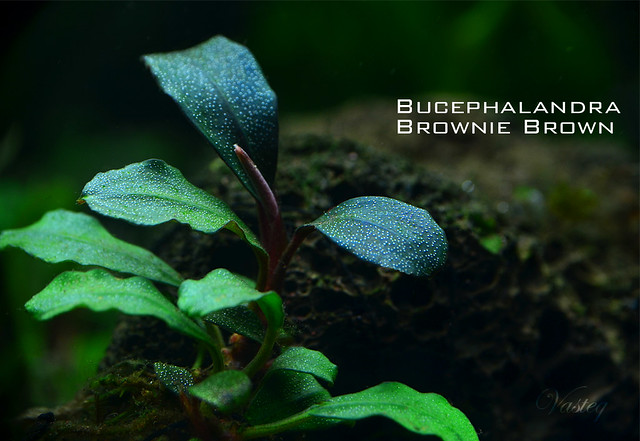
Over time, the leaves continue to darken:
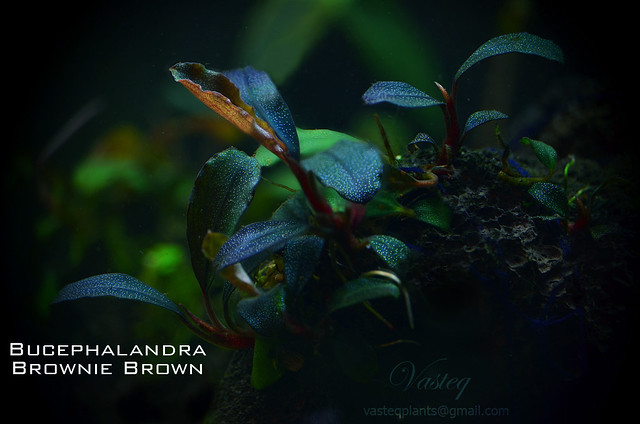
Eventually, they will exhibit a dark blue color:
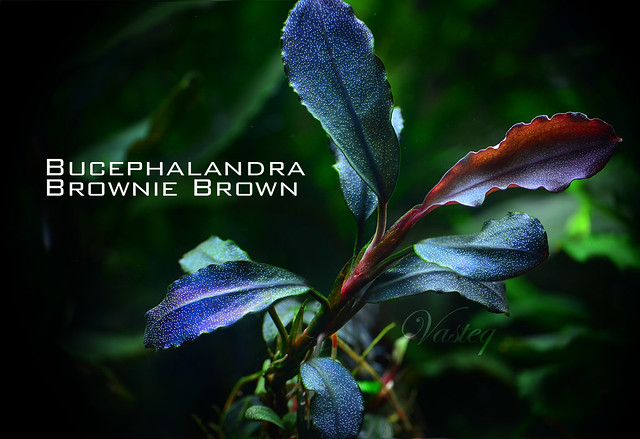
The photo below shows the coloration of leaves of Bucephalandra ‘Saiyan-1 Black’ when grown under water:

Bucephalandras can also be grown in paludariums, but the coloration of the leaves tends to be weaker, and the leaves tend to be less elastic as well. They must be provided with high humidity in order to thrive in such environments, otherwise the leaves can dry out. The parameters of water that Bucephalandras can tolerate are as follows: pH range of 5-8, almost any GH and KH, and a temperature between 22-28 degrees Celsius. At the beginning of my adventure with Bucephalandras, I heard that they cannot tolerate temperatures higher than 28 degrees Celsius because it could cause the leaves to melt. However, I have yet to see this happen with my plants, especially when the water temperature rose to 32 degrees Celsius and I did not notice any negative side effects.
It should be noted that due to the fact that Bucephalandras are a type of rheotype (plants that like swift-flowing currents), we need to provide similar conditions in our aquariums in order to achieve the best results with these plants. Such currents can be achieved by using an internal filter, or the plants can be moved near a filter outlet. The leaves of Bucephalandra are flexible because of the aquatic environment in which they are found.
For Bucephalandras, I have found that the growth rate is dependent on the variety. Some varieties can produce 2 leaves per week if they are in optimal conditions, while others will produce only 1 leaf every 2 weeks. Generally it is said that they are slow-growing plants, but if you provide them with strong light, fertilization, and plenty of CO2, you will achieve the fastest growth possible.
Flowing begins mainly under water. It’s hard to tell what factors cause the plant to produce a flower. Flowering of Anubias species is often accompanied by deteriorating environmental conditions and is regarded as a form of survival for the plant. However, Bucephalandras can flower when they have access to an ample supply of nutrients, and are in ideal conditions. They can even produce more than one flower at a time (photo below).
Because Bucephalandras grow so slowly, green spot algae is a common problem, which may limit access to light and also slow down the growth rate of the plant. However, they are quite hardy and most algae types can be removed by using a 10-20 minute bath in a solution of citric acid (one teaspoon of citric acid to 1.5 cups of water). This mixture is too weak to damage the leaves of Bucephalandras, but it is strong enough to kill the algae.
NAMING:
Currently, only three species are described in plant textbooks: Bucephalandra gigantea, Bucepholandra magnifolia, Bucepholandra motoleyana. However, one can encounter more than 200 variations of trade names, and many of these may be new species that have yet to be described. Because many species names are currently unknown to science, the trade names are created based on the names of regions, rivers, or states where they were collected (e.g. Kedagang, Kualakuayan, Tapah, Sabah, Kalimantan, Sintang). The names are also created according to the coloration and shape of the leaves (e.g. Brownie Brown, Red Gaia, Super Blue). An interesting example of the names of these plants is Brownie Ghost, which appeared only once in a certain area and then disappeared.
In the aquarium hobby, Bucephalandras appeared as recently as 2005-2006 and immediately became popular. The plants are very expensive, but over time they will become more affordable.


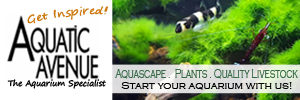

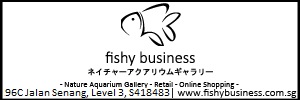









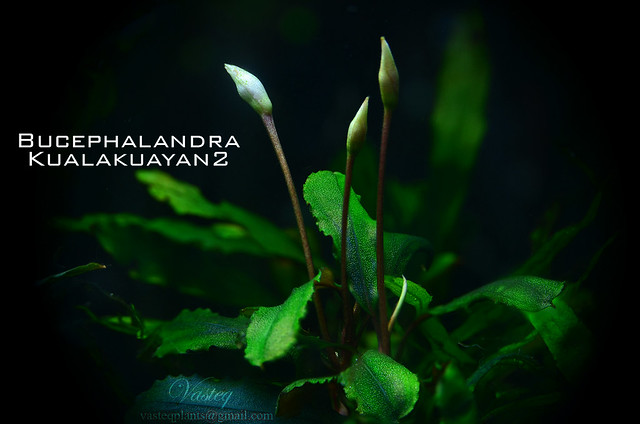
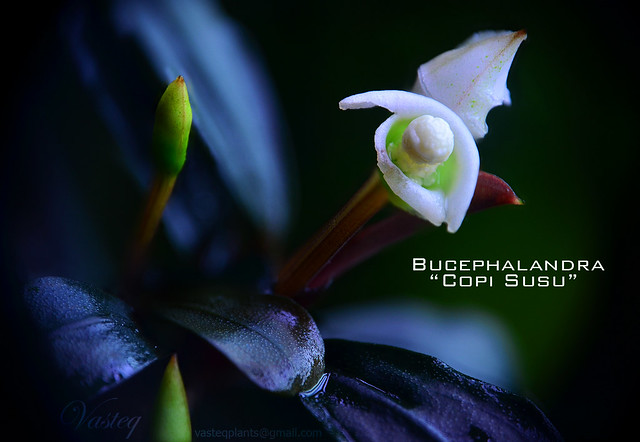
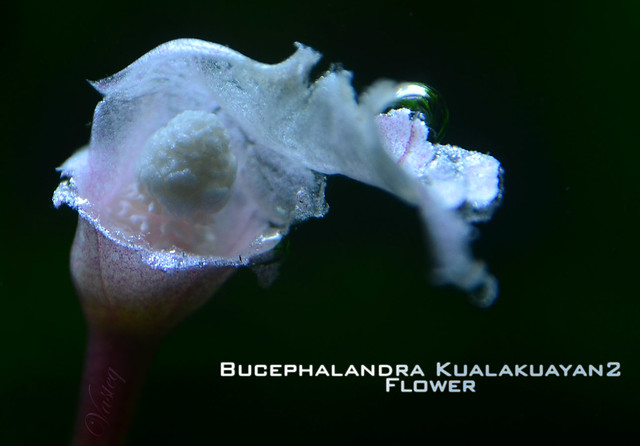

 Reply With Quote
Reply With Quote
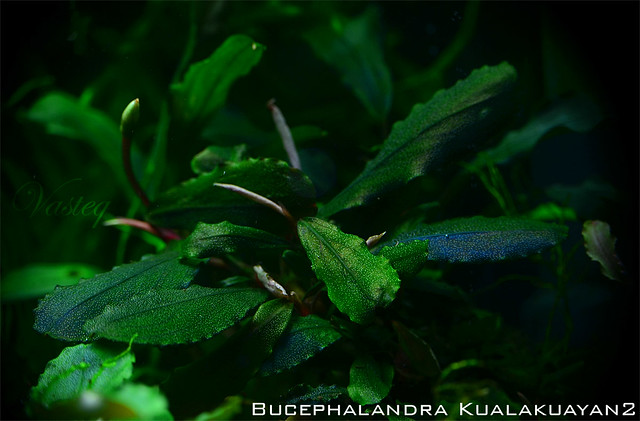

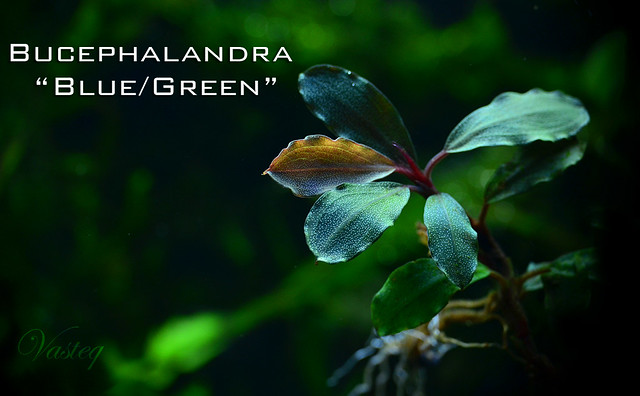




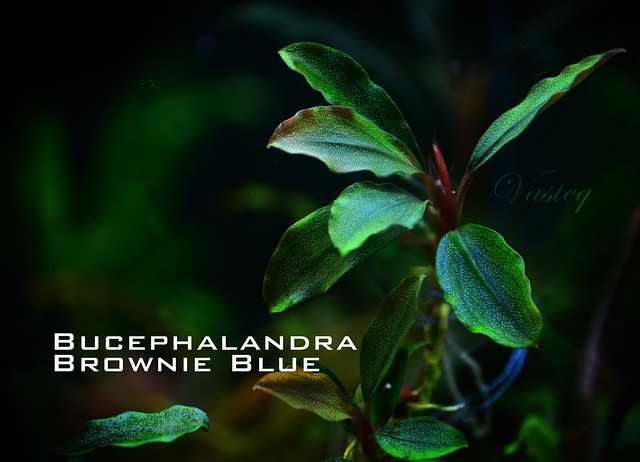

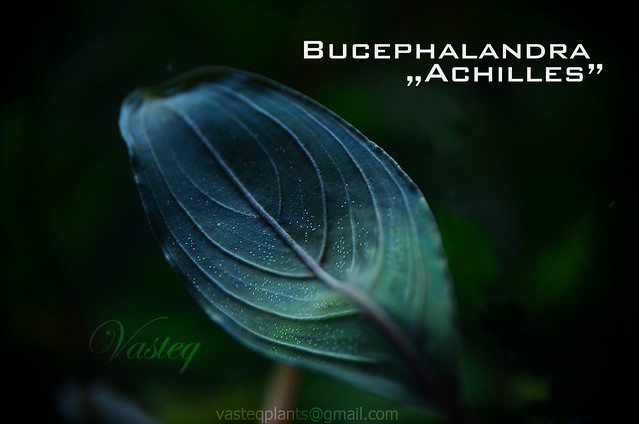
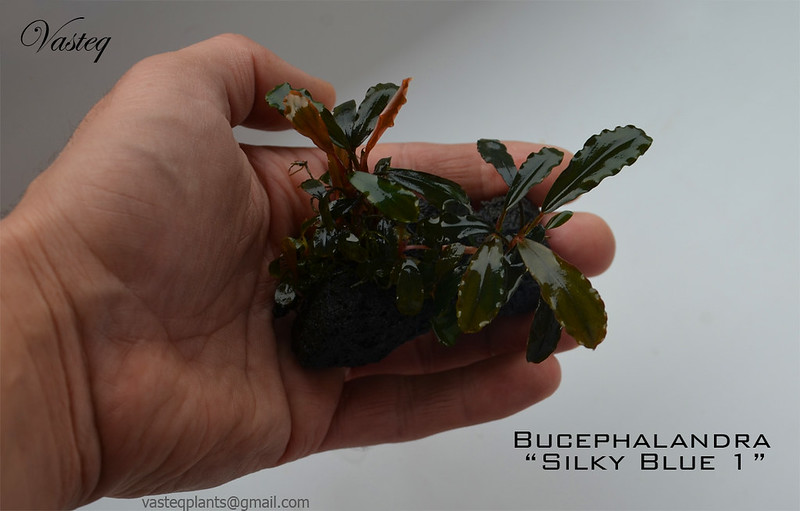
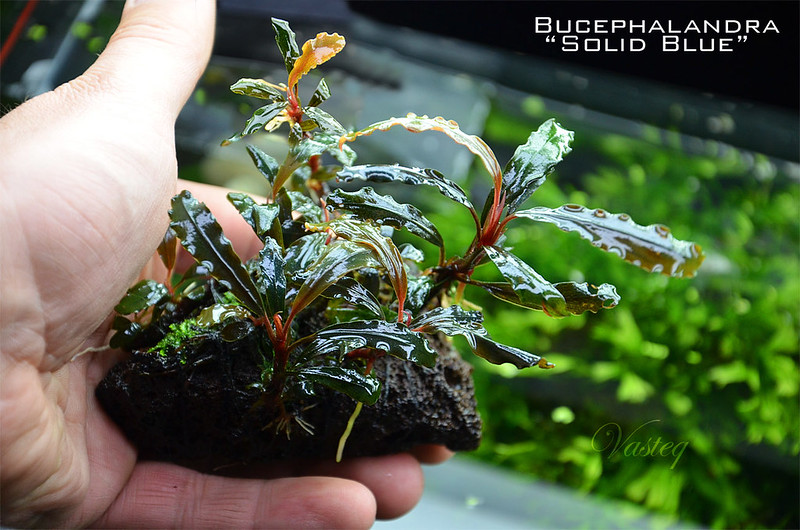





















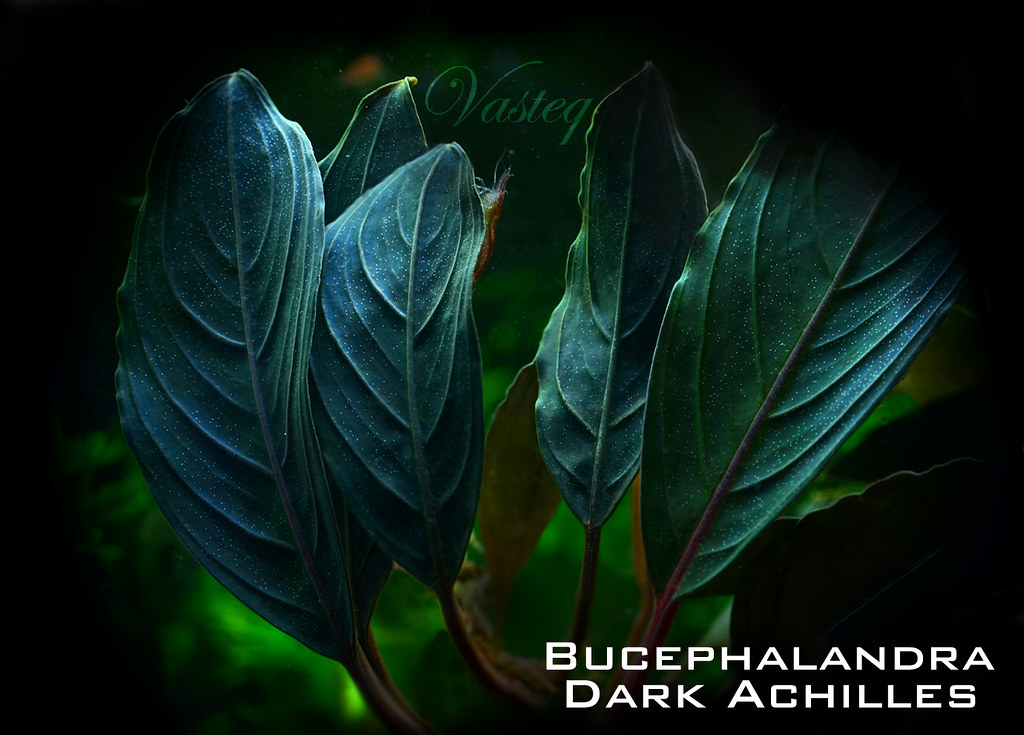
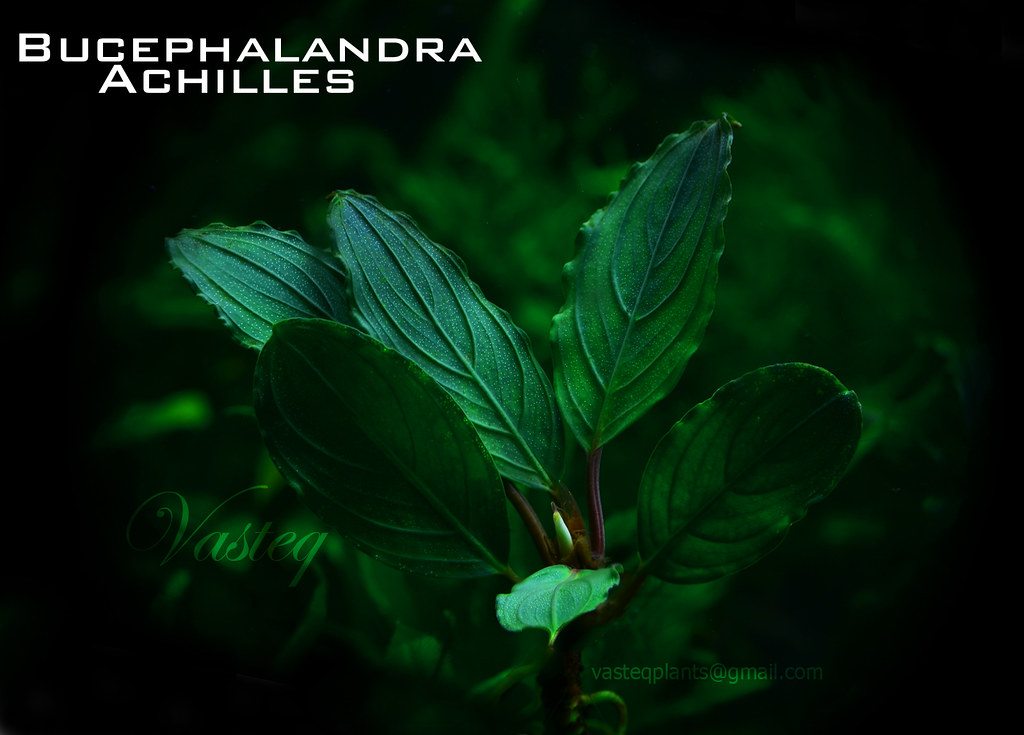
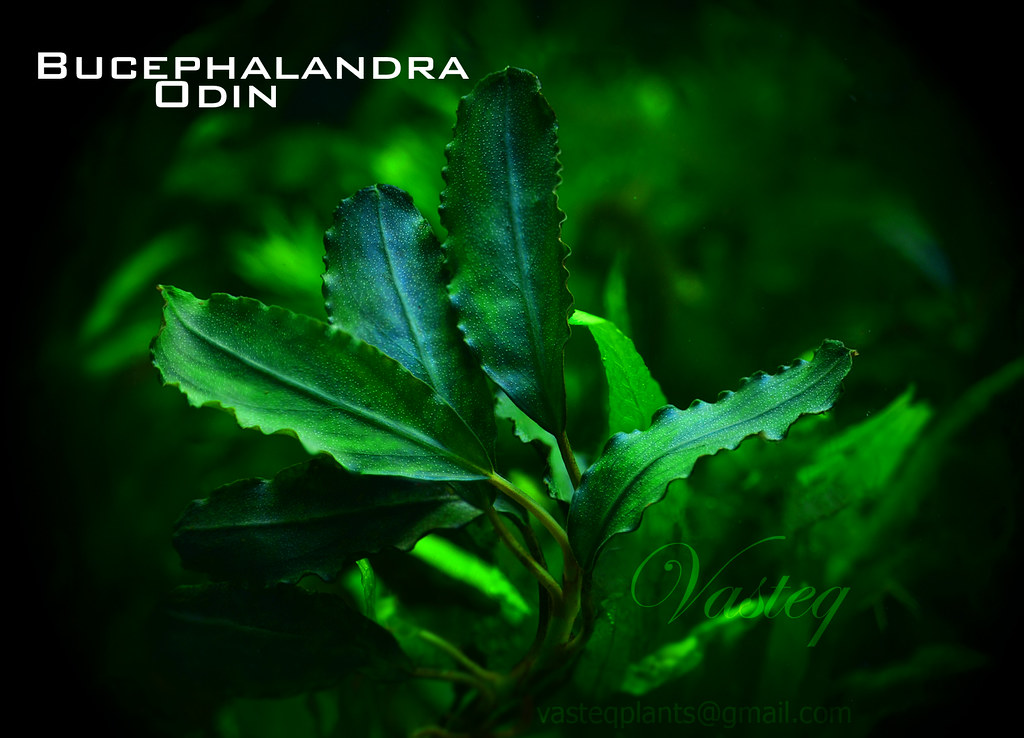

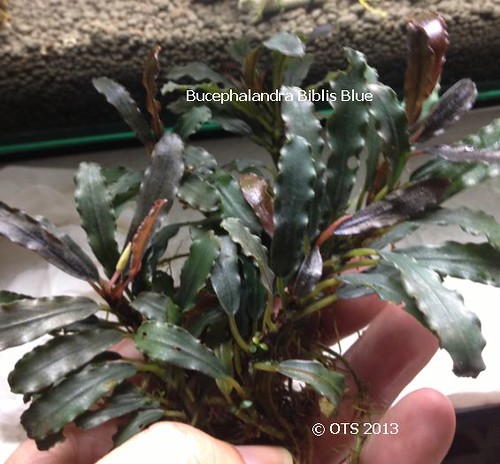

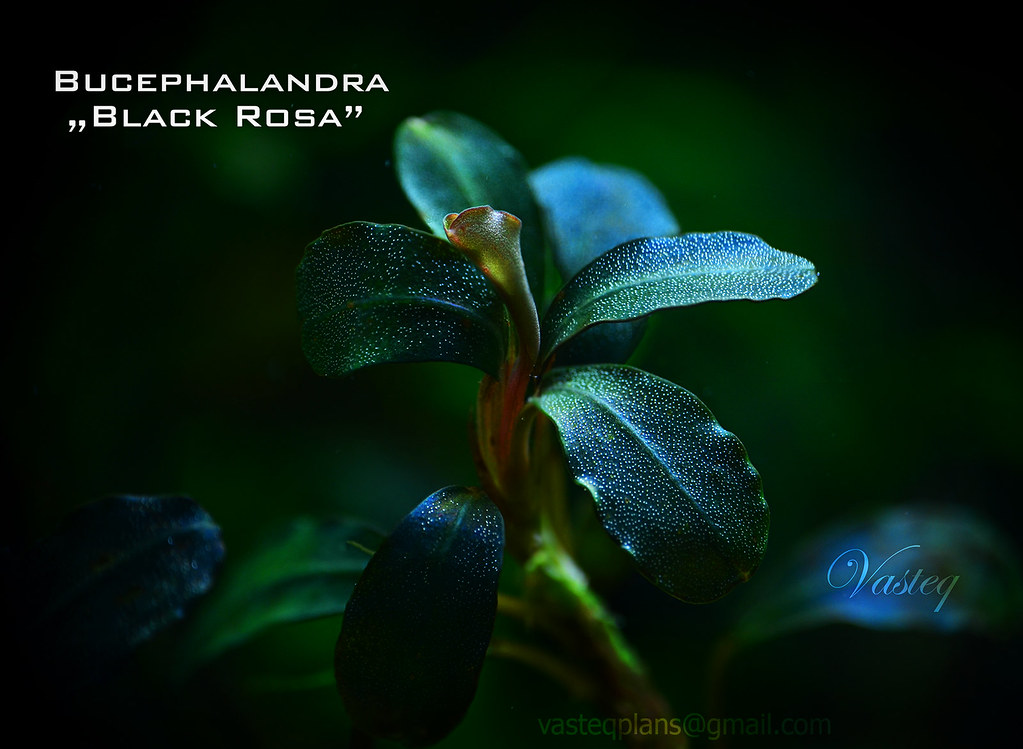

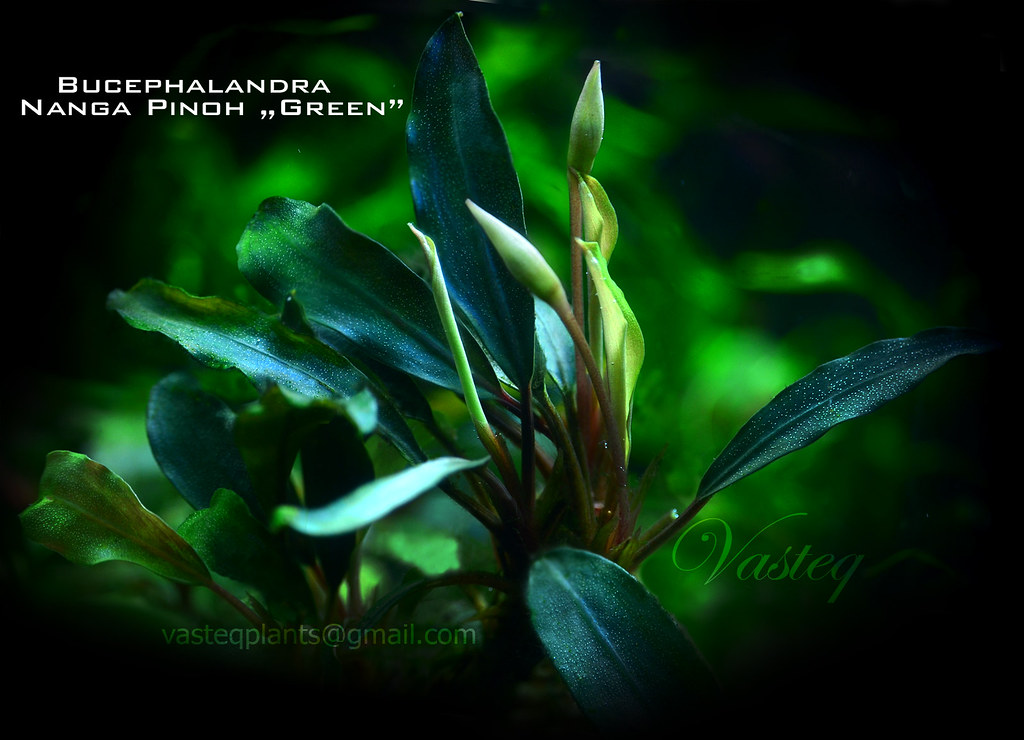
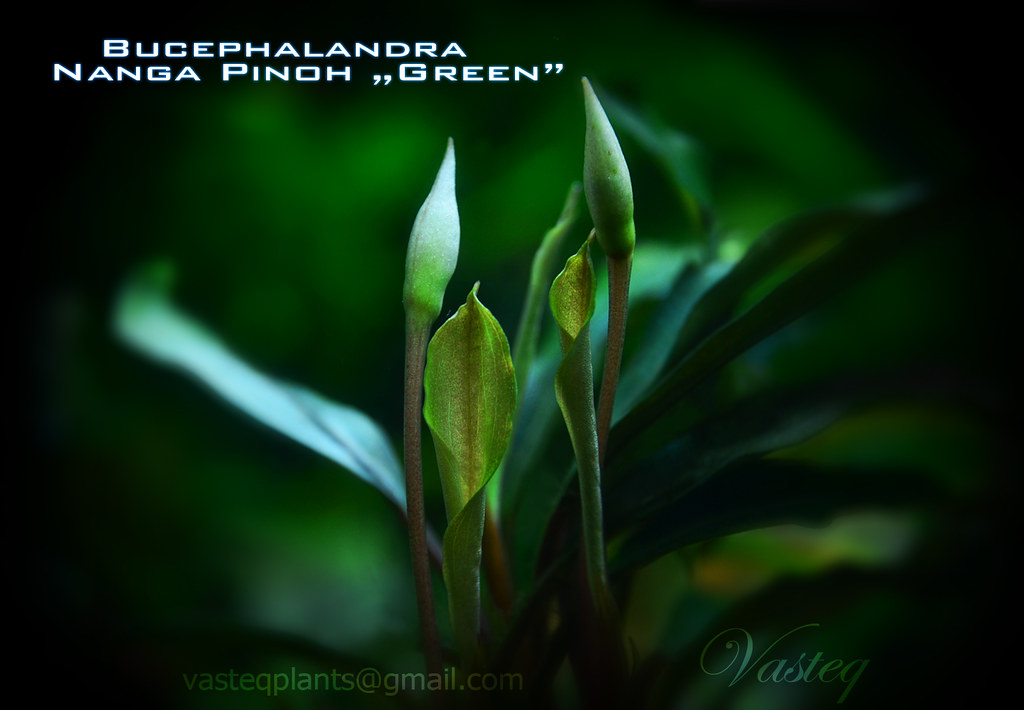


Bookmarks